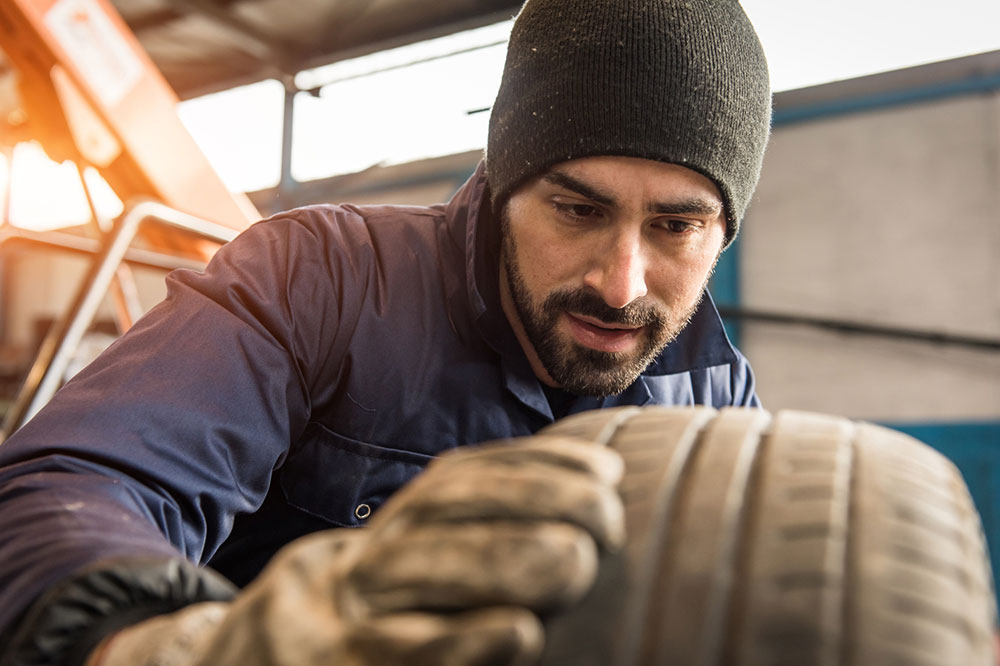
5 Tips to Maintain Tire Safety During Winter
Regular tires deteriorate during winters, causing them to deflate or stiffen even on a short drive like from home to work. In extreme cases, cold weather can cause them to tear apart. Therefore, it’s better to buy winter tires as their tread is deeper, making for better friction. Both regular and winter tires require maintenance to sustain the changing weather conditions. So, once you have switched to winter tires on your car, here’s how you can maintain tire safety.
Check tire pressure
A massive drop in temperature can disturb the pressure in your car’s tires. So, check your tire’s pressure every once a month and see that the tires are at a proper inflation level. When the pressure in the tire drops, it can cause the steering to get jarred. Additionally, it can reduce control on braking and lead to low gas mileage. Moreover, a regular check of the tire’s pressure will help you notice possible leaks and prevent you from having a flat tire on a drive.
Rotate your tires
The tread life of your tires can be increased if you rotate them. Tires need to be rotated because the front tires on your car face more force in comparison to the back tires. When you rotate them, you’re maintaining the wear across all tires. Consider rotating your tires after covering around 10,000 kilometers; this improves the overall performance of the car and ensures safety.
Get a separate set of wheels
Having a separate set of wheels specifically for winter tires can help you save on repairs in the long run. It can save you changeover costs and keep your regular wheels safe from wear and tear caused by snow and ice. Also, with extra wheels, you’ll always have a backup set for in case you have a flat tire.
Remove winter tires at the right time
Winter tires should be taken off once the temperature starts rising to ensure that the tread lasts longer. When the temperature stabilizes at seven degrees, consider switching back to your regular tires. While you can attempt to do so, getting it changed at a garage will help you check the tire’s pressure, alignment, and balance. Switching tires at the right time is not only a safety protocol, but also helps you maintain your car and protects you from untimely breakdowns and repairs.
Clean and store tires safely
Before storing your winter tires, clean off all the gunk that has accumulated over time to ensure that the accumulated dirt does not damage the tires. After cleaning, ensure that you deflate the tires and wrap them in tire tote bags or garbage bags. This prevents lubricating oils present inside the tires from evaporating and remember to them in a cool, dry place.


